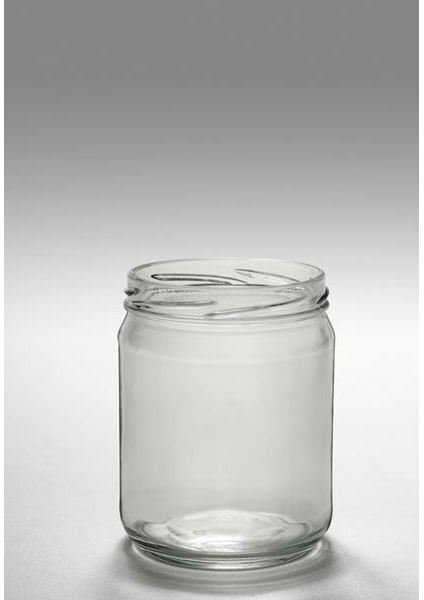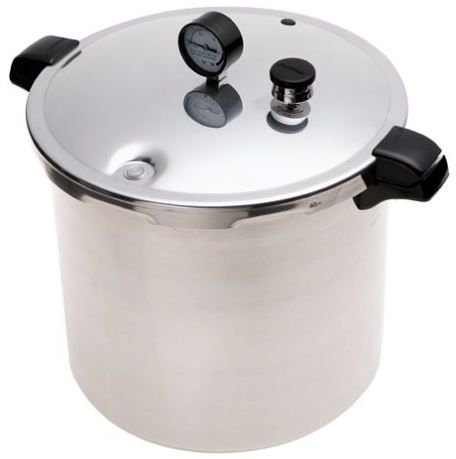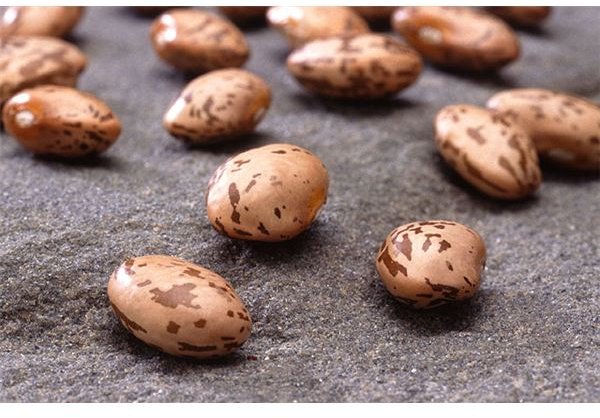Canning Cooked Pinto Beans: Increase Storage Time of Cooked Beans by Canning Them
Pinto beans have a high content of fiber. Thus, they are a good choice to lower your cholesterol level. Due to the high content of complex carbohydrates, pinto beans can be used by people with diabetes since blood sugar levels will not increase rapidly after eating them. Pinto beans are almost fat-free, an excellent source of minerals such as iron, copper, potassium, and molybdenum. They are also rich in vitamin B1.
Pinto beans can be bought at any food store or supermarket. They come either canned or dried. You could also easily grow them in your garden. Dried beans are those in which water has been removed to improve their stability and storage time. Dried beans could be stored for a long time provided they are kept in a dry place.
How to Cook Dried Pinto Beans
If you want to can pinto beans you will need to cook them first. To do that you need to follow a process with food safety in mind. First, the best raw material (that is pinto beans) should be bought. Try those that look shinny and not skin-wrinkled (these are too old). Also check the manufacturing date on the label.
Place the beans in cold water and move them around. Some of the beans will float in the water. These should be removed and discarded because they are damaged on the inside. Rinse the beans thoroughly to remove adhered dirt. Look for little stones and remove by hand.
The following step is soaking. Dried beans need to regain its water content. Traditionally, this can be done by placing dried and clean beans in water overnight and let them soak. Soaking water must be discarded. If you want to speed the process do the following: add the beans to boiling water, boil for 2 minutes, and soak for 1-2 hours. Soaking water must be discarded. Cover the beans with fresh cold water and boil the whole thing for 30 minutes. Add salt if you wish. Some spices could be added too. Using a colander, separate the cooking water but SAVE IT!
Canning Cooked Pinto Beans
Now comes the main part of the process: canning. You will use glass jars as “cans” when canning cooked pinto beans. You can use 1 quart glass jars (glass jars should be previously washed and dried). Fill the jars with the

cooked beans. Distribute them evenly through the jars. Keep in mind that these beans and the cooking water are still (and should be) hot. Once the beans are in, add the cooking water until it covers all the beans leaving about one centimeter from the top of the jar. Add boiling water (which you should boil previously and have it at hand) until you fill the jar completely. Place the lid on tightly.
The last centimeter of space of the jar that you fill with boiling water is called headspace. It is filled with hot boiling water to increase its temperature and cause a vacuum effect when you place the lid on tightly. The high temperature of the water and the vapor that generates displaces all the air of the headspace jar ensuring that no microorganisms can grow there.
After canning the jars need to be “sterilized”. With certain fruits this can be done with a boiling water bath but with beans this is not safe. A pressure cooker is needed. Temperatures above 100° C are needed to ensure that all microorganisms and

specifically all spores of Clostridium botulinum are killed. C. botulinum could grow in poorly sterilized cans in the absence of air (a canned food has an anaerobic environment ideal for clostridium to grow).
Pressure cooking should be done safely following the pressure cooker instructions. Pinto beans canned in 1-quart jars should be sterilized for 90 minutes at a pressure of 12 pounds. This combination of cooking time and pressure guarantees the food safety of the product. Once pressure cooking has been done, let it cool in the pressure cooker. Remove, wipe off the water from the jar an let them air dry. You can keep these canned beans for 12-14 months.
References:
Wood, Rebecca. The Whole Foods Encyclopedia. New York, NY: Prentice-Hall Press
Basics for Canning Vegetables. Ohio State University. https://ohioline.osu.edu/hyg-fact/5000/pdf/5344.pdf
Image credit:
Wikipedia. https://commons.wikimedia.org/wiki/File:Pinto_bean.jpg
https://commons.wikimedia.org/wiki/File:16oz_glass_food_jar.jpg
Presto food company
